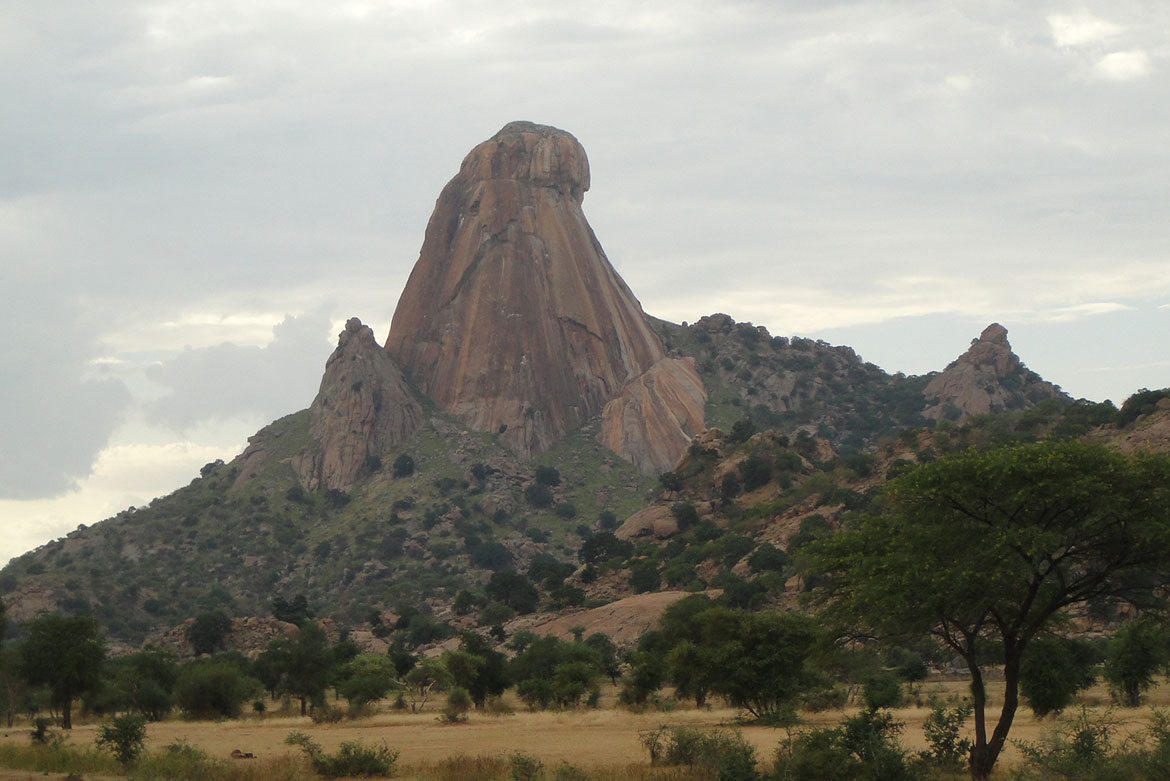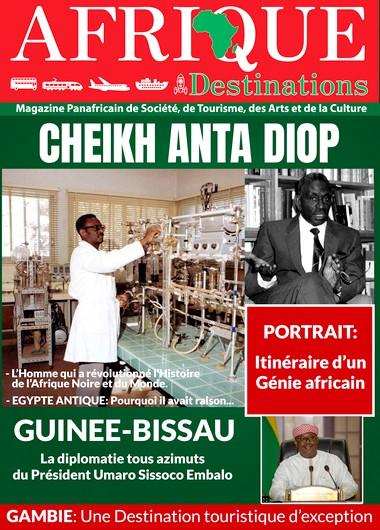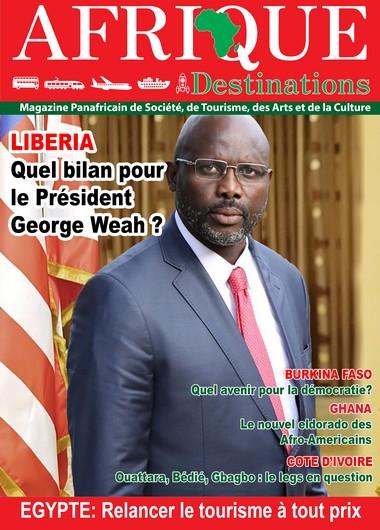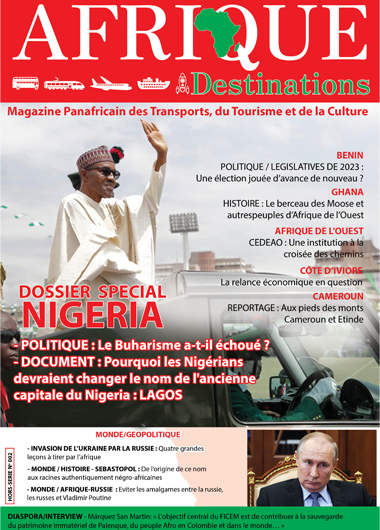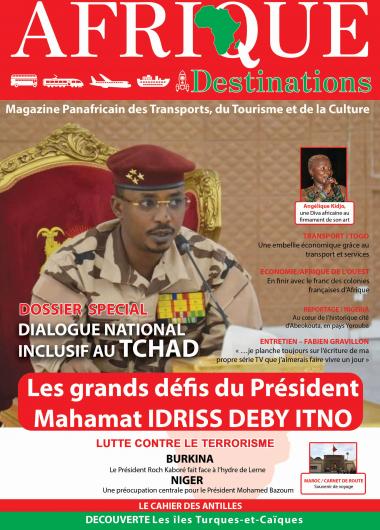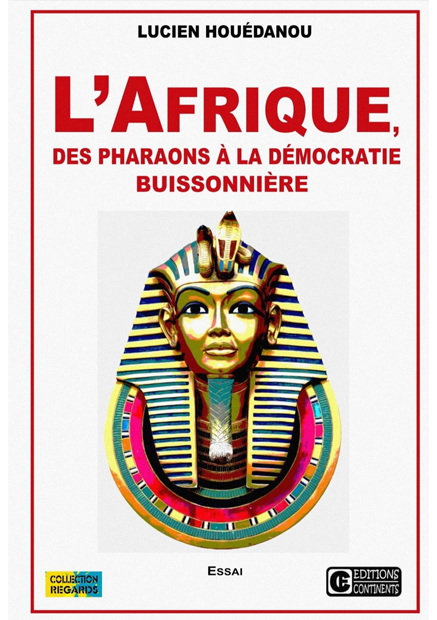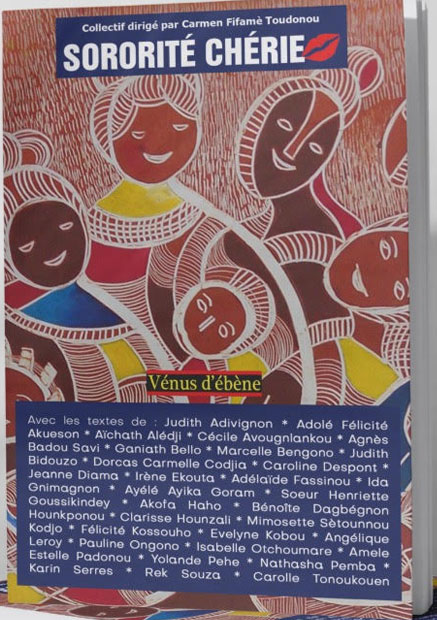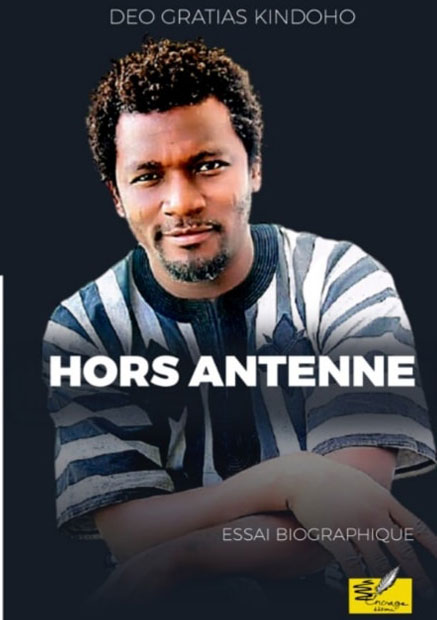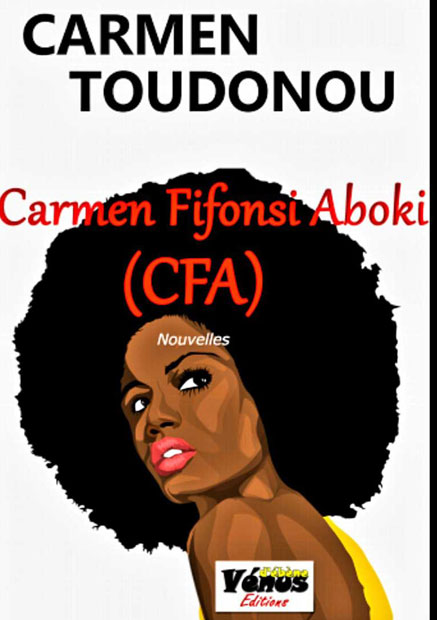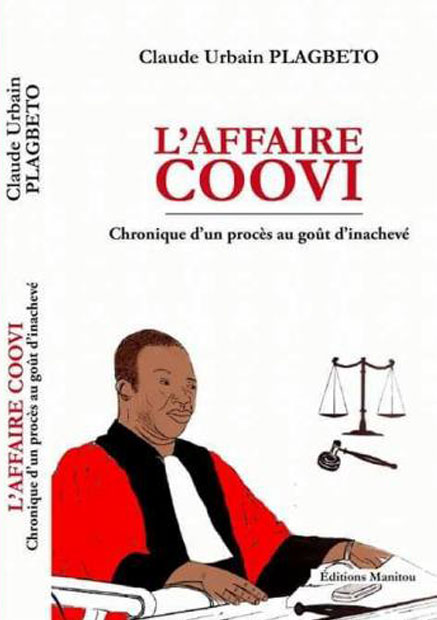Guera is a region that fascinates more than one with its tourist attractions and curiosities. But it is above all the Queen of Guera who irresistibly attracts people. If all women are queens, as the artist-musician of Senegalese origin, Ismael Lô sang very nicely, there is undeniably queen and queen. And that of Guera has enough to make more than one race around the world. The queen of Guéra is, we could not be more, seductive and obviously knows how to be desired. And for good reason, who wants to see the queen of Guéra goes to Mongo in the department of Guera.
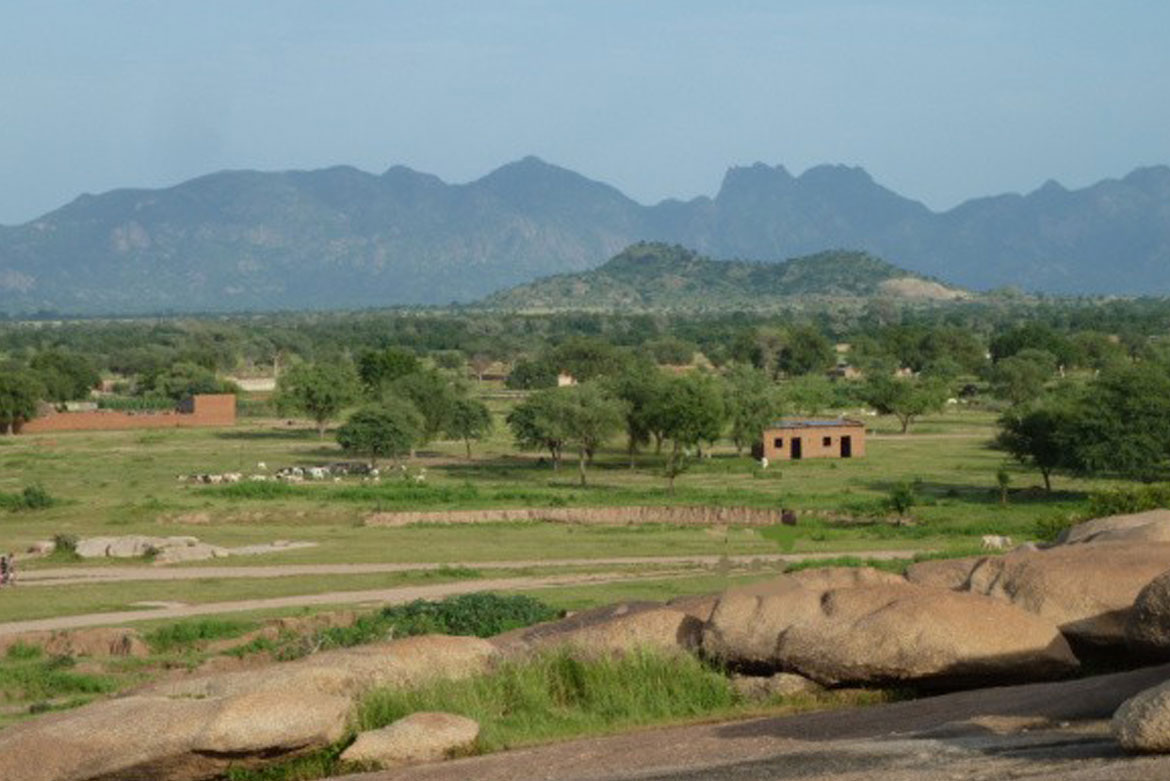
From N'Djamena, the capital of Chad, you have to travel 500 kilometers before making an appointment with her. My friends had already warned me, but I had time to see it myself. “Over 300 kilometres, the freshly paved track is a treat for any driver. Afterwards, it takes another 200 kilometers of lateritic road to reach your destination. And in any case, the game is worth the candle given the many surprises that await you,” confided one of them to me.
Never mind, I don't have to be asked to make this trip for which I had already been told so many tourist attractions to discover throughout the trip which was to take me to the foot of the Queen of Guera. Who wouldn't give all the gold in the world for a date with this queen whose legendary charm and beauty have gone around the world.
Aboard a 4 X 4 vehicle, I hit the road, less than 48 hours after my arrival in N'Djamena, accompanied by my friends. Past the village Pont Bellile at the exit of the Chadian capital, we leave behind Djermaya, Naala and many other villages with such evocative names for an ancient history enthusiast to reach Massaguet. This is our first stopover. Just enough time for a breakfast made of beef and bread as well as sweet drinks that we carry around with water in our cooler stuffed into the luggage in the back of the vehicle. Meat is what is not lacking in Chad. Indeed, the innumerable herds of oxen, goats, sheep and camels that we meet along the way in long successive lines clearly indicate that we are in a country where livestock breeding has the right of citizenship.
At the height of Al Hameda, a large concentric circle of oxen attracts the attention of a friend. When I turn to look, I see a well in the center. To water all this livestock of several hundred heads, a young girl and a young boy, each on his horse, go back and forth drawing water scoops from the bottom of the well when the ropes that bind them to these stretch a good distance. A breathless spectacle, if ever there was one, and which clearly shows how much water is everywhere a source of life. Better still, a rare and precious commodity, especially in the countries of the Sahel.
In this period of harmattan which puts the lips of many people to the test and often makes them smile like white people, the sun adds to it by darting its incandescent and scorching rays as it gains speed in his celestial course. I had unlearned all this atmosphere which was nevertheless the lot of my childhood. So much the better if I see him now on the road to Mongo.
The road being long, we do not waste time in Massaguet. We must move forward as quickly as possible in order to have the privilege of contemplating the wonders that await me on the way, before the big meeting. Besides, I don't have time to be bored for long. From Ngoura, I come across a mountain that announces the colors of Guera. Slabs of pebbles piled up as if the worker of this masterpiece had taken care to count them one by one. At the foot of the mountain, a small village just as attractive as the pile of pebbles and stones that overlooks it. I don't need to be a diviner to understand that the Guera offers the visitor a mountain range. A little further from Ngoura, I discover the village of Moyto. Somehow, it resembles Ngoura in its landscape. With, in addition, pretty rectangular black clay huts with a flagstone roof that nestle at the foot of the mountain. The striking contrast between the color of the huts in the village and those of the stacked pebbles further highlights the beauty of the site. “Further on you will see many other works that will no doubt fascinate you,” a fellow traveler told me. For the mountain dweller that I am, my excitement and my impatience then increase.
Beautiful landscapes along the way
From N'Djamena to Bokoro, the landscape is essentially made up of dwarf shrubs, spread out on the ground. Over several kilometres, the trees that can be seen can be counted. After a short stop in Bokoro, we hit the road again. This time the red laterite succeeds the asphalt just as the plant cover changes completely. The stunted and sparse shrubs give way to a thorny species that takes on the paint of the laterite due to the dust raised by passing motorists like us. The road winds through this vegetation which, for me, is a real change of scenery in just a few hours. With my eyes, I search all over the place, like a hunter on the lookout, for any clue that would alert me to the presence of a site worthy of tourist interest, whether it is already known or not. Because since Ngoura, I am now convinced that there is much more than meets the eye to see behind the enigmas that hide in this region.
Already in Gono, the Guera mountains are beginning to reveal their sculptural marvels in stone. The first being, in the distance, an all-white tattooed human form. In Bolong, it is possible to admire a stone in the shape of a headless bust and a pile of pebbles whose arrangement is a work of art. So much so that it is hard to believe that a human hand has not been there. But for several generations and centuries, these masterpieces have been discovered as they are and have not yet experienced any degradation. A real mystery that man will take time to elucidate if he ever manages to do so.
Between Bolong and Aboutouyour, the thorny trees multiply to become a forest on either side of the road. I learn that in the area abound jackals and other hyenas who are constantly doing damage, including human victims. Local residents are those who tend to have trouble with these wild beasts that it is extremely rare to come across along the road during a trip. But if only I could meet one, it would be one more curiosity satisfied. It is therefore only a postponement.

Aboutouyour is a succession of multifaceted faults, each as splendid as the next. It is difficult to cross this village without stopping or asking the question of which artist could have sculpted all these shapes on the rocks which stand and stretch in an equally artistic way. But isn't Allah, Mahou, Almighty God an artist himself? Without a doubt. In any case, at Aboutouyour he gives the full measure of his talent: stone in the shape of a parrot's head, round boxes, shells or eggs, the rosary takes a long time to tell and the visitor can only fall from the naked in the face of extraordinary artistic magnificence. A few kilometers away, Tchelmè also offers a postcard that is both phantasmagorical and suggestive. She could certainly have inspired Picasso and other painters of femininity for the obvious image to which she refers at first sight. Notice to fans…
There are not only mountains in the Guera. On the way to Bitkine, the daily life of the populations shows that the donkey and the horse are traditional means of transport in the area. Women on donkeys or luggage on their shoulders that I meet strangely remind me, as everywhere in Africa, of the preeminent role they play in society, in particular the home. Having reached Bitkine, I can't help admiring Mount Guera. From the top of its 1600 meters of altitude, it draws up haughty, one would say to defy the imagination of the men. A mountain whose conical shape is characteristic of most of the geometric figures that appear on the entire mountain range of the region.
Even under a blazing sun, the discoveries that can be made during the N'Djamena-Mongo trip make you forget the length of the distance. As if to fill my journey with surprises, we were forced to stop to let a procession of horsemen carefully dressed in colorful outfits and armed with spears pass, just outside Bitkine. Women's dinghies greet the long line that was probably part of a procession of a festive event. Which ? I do not know. I would have liked to know so much by taking part as an interested spectator in this beautiful demonstration of cavalcades, parades and what not. But I want to see the Queen of Guera before nightfall.
You have to earn a date with the Queen of Guera
“Behind these mountains is Mongo. Before entering the city, you will see the queen of Guera,” one of my three friends and traveling companions throws at me point-blank. It seems that she is beautiful but above all attractive. Anything that piques my curiosity and keeps me pawing with impatience as we approach the destination. I intend to seduce her, too. In this regard, the adage is well known: it is better never to show hypocrisy, at the risk of regretting it all your life.
Mongo is double-locked by a belt of mountains that goes as far as Mangalmè. You have to find your way so that the first houses of the small town finally appear, which stands like a citadel at the foot of the mountain. It is already dusk when I arrive at the much-sought-after rendezvous. And the queen of Guera is sleeping her righteous sleep, on her back. I can shamelessly admire how very seductive her body is: her rounded forehead, her aquiline nose, her necklace around her neck, her protuberant and generous breast, her pregnant woman's belly hidden under a loincloth that goes down to her feet as if to repair the fault of having left his torso bare. Who would not squint at the body of a queen! What's more, a beautiful queen. I may be late for my appointment today. But tomorrow, I promise myself to be on time and to see her when she wakes up.
The next morning, I wake up early. The queen of Guera, meanwhile, is always asked. To kill time while waiting, I treat myself to a lap of honor of Mongo in the streets which come alive on waking with the first traders, the trucks and intercity transport vehicles at the bus station, the high school students going to school, the civil servants of the decentralized services of the State who take the road to the offices, the breeders and peasants who go about their daily business.
To remind me of the compelling memories of my childhood spent riding astride the Atacora mountain range in Benin, more precisely on the Tanguiéta side. My friends and I allow ourselves to try Mongo's. But also and above all in order to have a view from above of the small town whose trees that line its alleys give it a beautiful and verdant postcard. Perhaps, it is because of its pure air, its monastic and relaxing atmosphere that in the collective unconscious of Chadians, the men of Guera are still making good old bones. To the point of having many centenarians in their ranks. It is not Adoum Djibrine, veteran of his condition, born in 1932, who risks contradicting me. No more than another who admits not knowing his age and who says that if we give him 90 or 100 years, he would not deny it.
According to Adoum Djibrine, the name Mongo that the small town bears today comes from Mo-Gome worn by the inhabitants driven out by the Dadjo upon their arrival. Which inhabitants settled further behind the mountain.
On the mountain at the foot of which Mongo is located, you can see an antenna. She belongs to the community radio created by young people, but certainly pirate in its beginnings even if it renders precious services to the people of the small town. Not only by offering entertainment programs, but also public service announcements, useful information, even debates on the management of the affairs of the city.
After a few hours spent through the mountains and alleys of Mongo, I return once again to my appointment with the Queen of Guera. She still hasn't woken up from her sleep and still hasn't changed her posture either. Always as voluptuous as it is incredible. I believe to discover lying in the same posture in opposite direction the king of Guera. No matter, I will always come back to the Guera, to contemplate the magical beauty of the queen, and this until the day when she will agree to wake up and grant me the favor of this appointment which is well worth, at least a times a year, the pilgrimage to Guera.
Par Marcus Boni Teiga, envoyé spécial



